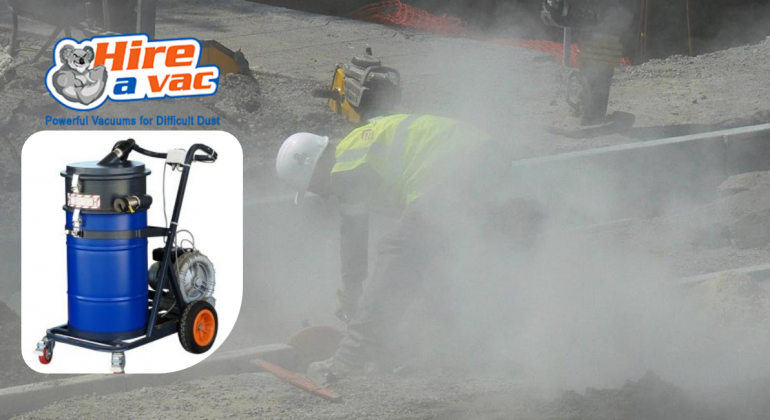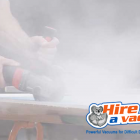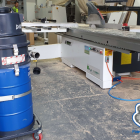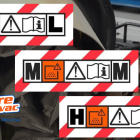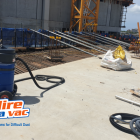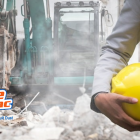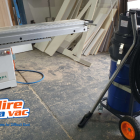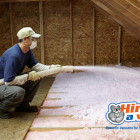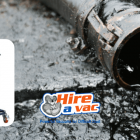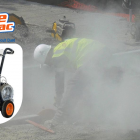Construction Site workers handling large amounts of silica dust on a construction site should be able to effectively manage it in order to reduce the risk of contracting an occupational disease.
There are several preventive measures that you can take to protect the health and safety of your workers while they are on-site, such as installing high-efficiency particulate air(HEPA) filters in all the exhaust points, ensuring that all work stations have appropriate ventilation, and using vacuum systems instead of brooms and other conventional tools when possible.
The following useful tips will help you handle huge amounts of silicosis dust at the construction sites as well as reduce the risk to your employees.
Educate your workers about Silica Dust
Before you take other preventive measures, it is important to educate your workers about the dangers of silica dust. This will help your workers better understand the risks of contracting an occupational disease, and they will be more willing to follow the safety protocol on site.
You can teach workers how to identify silica dust, how to use dust-control equipment correctly, and how to read the safety labels on their safety equipment. It is also important to remind workers to wear the proper safety equipment and check it regularly to make sure it is in good condition.
When it comes to silica dust, workers should wear proper respirators and other protective equipment, including long-sleeved shirts and long pants. Workers should also make sure that the respirator fits properly before each use. Workers should not wear loose-fitting or baggy clothing or jewelry while working, as this can get caught in machines or other equipment. Workers should also avoid eating, drinking, or smoking while working.
Install an effective dust management system
One of the best ways to handle huge amounts of silica dust is to install an effective dust management system. A good dust management system will trap silica dust particles in the air before they are released into the atmosphere, which will prevent workers from being exposed to harmful amounts of it.
There are different types of dust management systems, each with its own advantages and disadvantages. The most common types of dust management systems used in construction sites are wet systems, dry systems, and vacuum Cleaners. A wet system uses water to trap silica particles and reduce the amount of dust released into the air.
However, a wet system requires a lot of maintenance and cleaning, and it can become clogged and damaged easily. A dry system uses a filter to trap the silica particles while releasing clean air into the atmosphere. The filter must be cleaned and replaced regularly to ensure that it is working properly. Vacuum systems are commonly used in wet and dry systems to collect silica particles and prevent them from being released into the air.
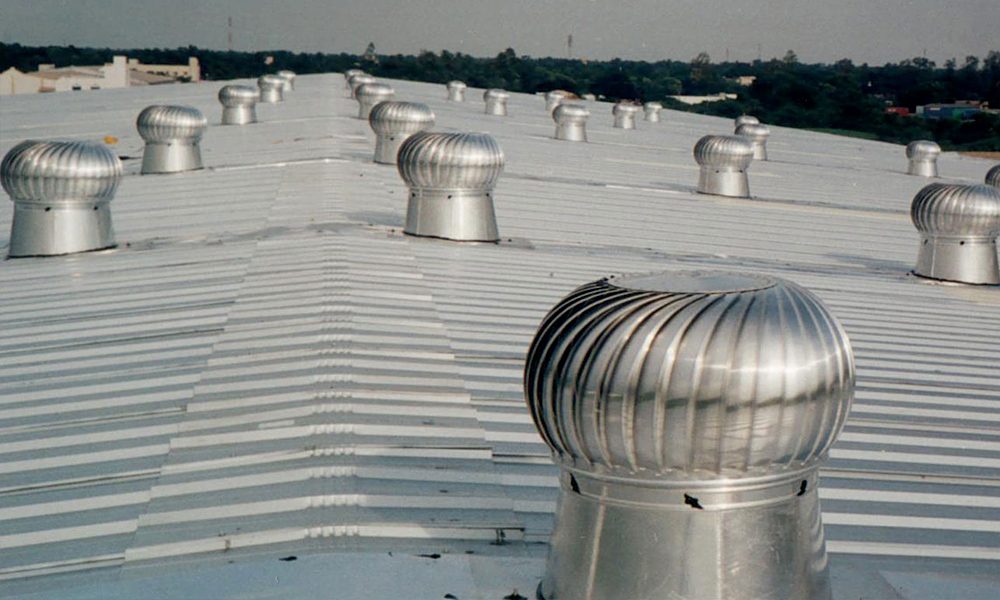 Ensure that there is sufficient ventilation during the construction Site.
Ensure that there is sufficient ventilation during the construction Site.
If possible, ensure that you have an adequate amount of ventilation on your construction site even when you are not dusting. This will keep the air on the site clean and reduce the amount of silica dust in the air, which will help protect your workers from exposure to harmful amounts of it.
You can use exhaust fans or open windows to bring fresh air into the site and push the polluted air out. Make sure that the exhaust fans are connected to the central dust management system so that they can clean the air and release it outside the site. You should also check that all the workstations have appropriate ventilation.
Read more: The Best Types of Dust Collectors for Your Business
This includes areas where your workers are doing things like electrical wiring and plumbing, which can generate a lot of dust. If there are areas on the site without proper ventilation, you should take steps to add them. It is important to follow the local laws and building codes when it comes to providing ventilation on your site.
Use vacuum systems instead of brooms and other conventional tools
Another effective way to handle huge amounts of silica dust is to use vacuum systems instead of brooms or other conventional tools when possible. For example, when cleaning the construction site, it is better to use a vacuum instead of a broom, as the latter can stir up silica dust and cause it to be released into the air.
It is important to keep the vacuum systems clean and regularly inspected to ensure that they are working properly and removing all the silica dust. Similarly, it is a good idea to use vacuum systems instead of conventional tools when cutting or grinding materials that generate a lot of dust, such as concrete and steel.
This will prevent the dust from being released into the air, reducing the risk to your workers. Vacuum systems can also be used to collect dust that is generated during the transportation of materials on site. This will reduce the amount of dust in the air and help protect your workers.
Encourage workers to take short breaks and rotate frequently
When it comes to construction work, it is not uncommon for workers to spend hours on end in one position without taking a break. This can put their health and safety at risk, especially when they are exposed to dangerous amounts of silica dust. Therefore, it is important to make sure that your workers take frequent breaks throughout the day and rotate between different tasks.

This will help them reduce their risk of exposure to silica dust and also prevent them from developing work-related injuries or illnesses. You can put up a sign reminding your workers to take frequent breaks or display one showing the correct work position for the job. You can also make the breaks mandatory if you see that the workers are overusing them and putting them at risk.
Require workers to use HEPA masks with N-95 respirators
If your construction site is particularly dusty, you may need to require your workers to use HEPA masks with N-95 respirators. This will help reduce the amount of silica dust in the air and protect your workers from harmful exposure to it. However, using a respirator at work is not as simple as putting it on and forgetting about it.
Read more: Hazardous dust in the workplace and how to handle it
Therefore, it is important to train your workers on how to use the respirator properly and how often they need to clean it. It is also important to regularly inspect and clean the respirator to ensure that it is working properly. When cleaning a respirator, you should never clean it with water or scrub brushes, as these can damage the mask. Instead, clean the respirator with a Rental industrial vacuum cleaner or disposable cleaning cloths.
Conclusion
As you can see, there are many things you can do to handle huge amounts of silica dust at construction sites and protect the health and safety of your workers. You can install an effective dust management system, ensure that there is sufficient ventilation, use a Rental Industrial vacuum cleaner instead of brooms and other conventional tools, and encourage workers to take short breaks and rotate frequently.
You can also require workers to use HEPA masks with N-95 respirators if your site is particularly dusty. Overall, these effective tips will help you handle huge amounts of silica dust at the construction sites and reduce the risk to your employees.
Original content Publishished Industrialvacuums.net.au Handle Huge Amounts of Silica Dust at Construction Site
Call our technical team now for a consultation. 𝐓𝐨𝐥𝐥-𝐟𝐫𝐞𝐞 +𝟔𝟏 𝟏𝟖𝟎𝟎 𝟒𝟑𝟖 𝟖𝟐𝟐 or Email Us On 𝐛𝐨𝐨𝐤𝐢𝐧𝐠𝐬@𝐡𝐢𝐫𝐞𝐚𝐯𝐚𝐜.𝐜𝐨𝐦.𝐚𝐮.

